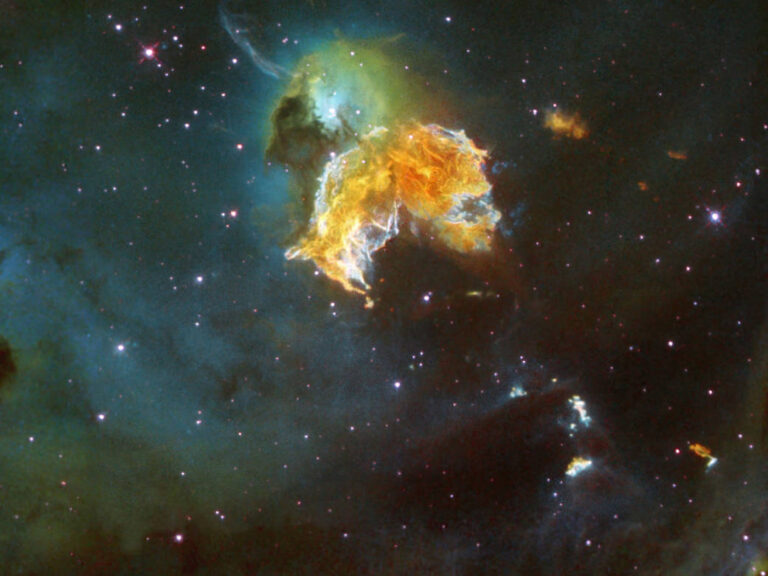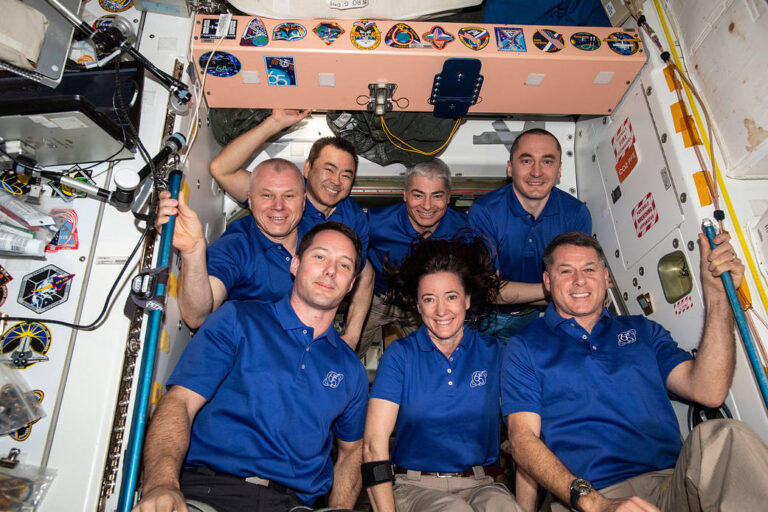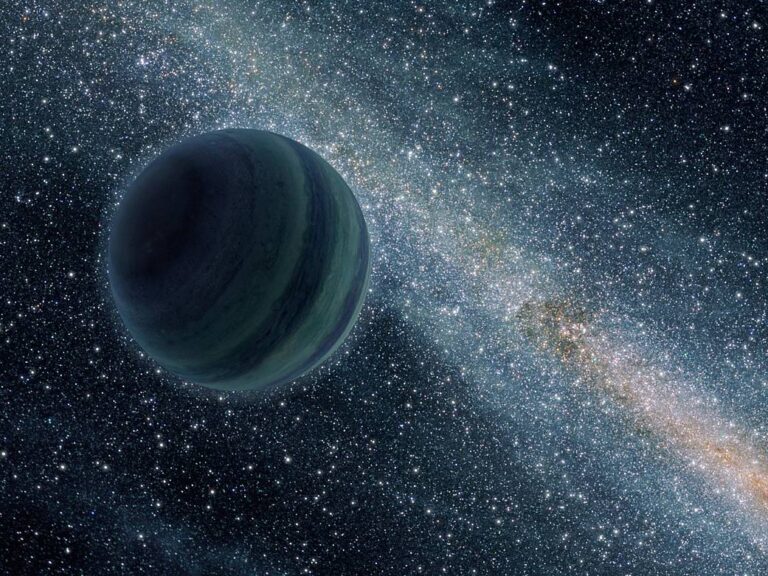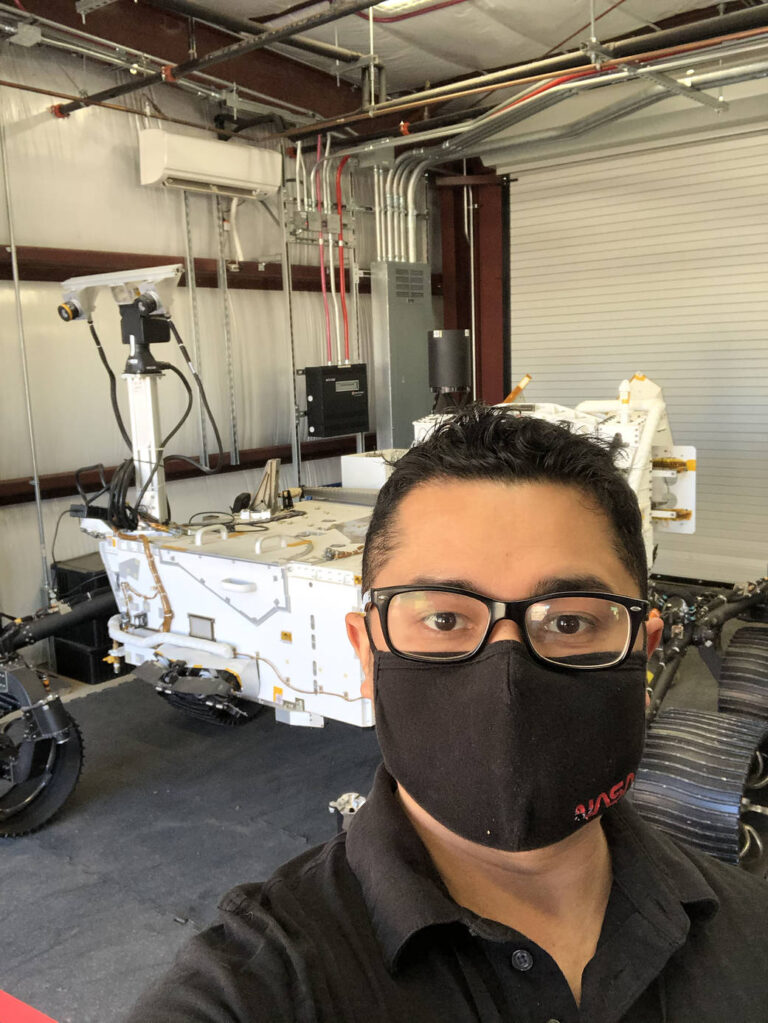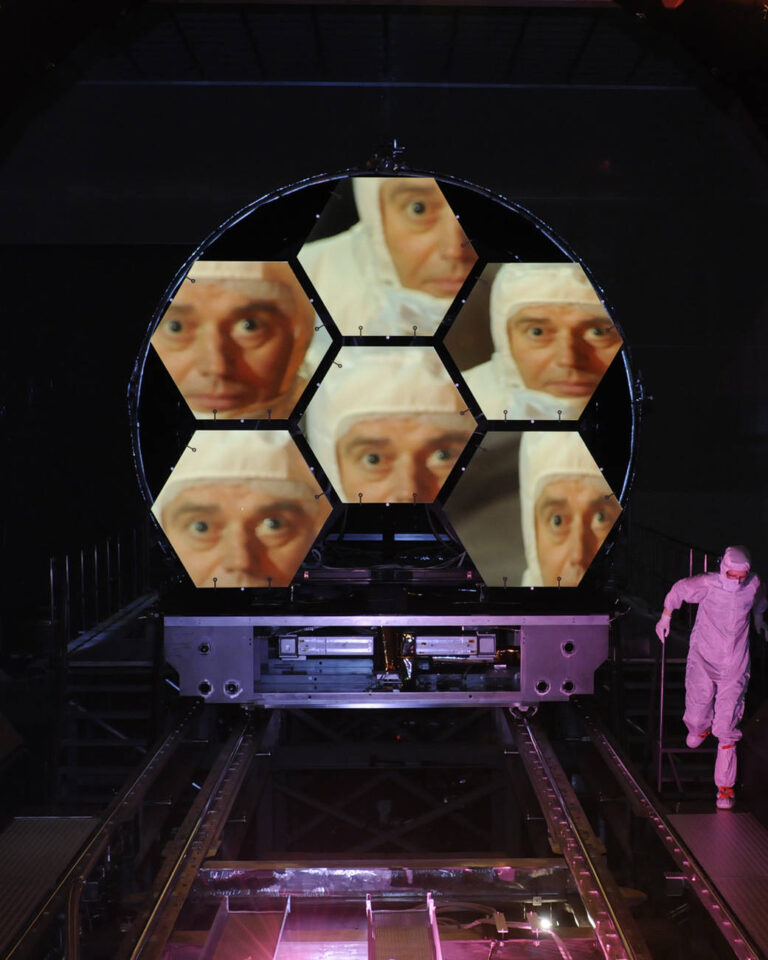就像天空中的怪物
A violent and chaotic-looking mass of gas and dust is seen in this Hubble Space Telescope image of a nearby supernova remnant. Denoted N 63A, the object is the remains of a massive star that exploded, spewing its gaseous layers out into an already turbulent region. 在这张哈勃太空望远镜拍摄的附近超新星残余物的图像中,可以看到一团剧烈而混乱的气体和灰尘。这个天体被称为N 63A,是一颗大质量恒星的残骸,它爆炸后将其气态层喷出到一个已经很混乱的区域。 The supernova remnant is part of a star-forming region in the Large Magellanic Cloud (LMC), an irregular galaxy 160,000 light-years from our own Milky Way. 这颗超新星遗迹是大麦哲伦星云 (LMC) 中恒星形成区的一部分,这是一个距离我们银河系160,000光年的不规则星系。 Supernova remnants have long been thought to set off episodes of star formation when their expanding shock encounters nearby gas. N 63A is still young, and its ruthless shocks are destroying the ambient gas clouds, rather than coercing them to collapse and form stars. 长期以来,人们一直认为超新星遗迹在其膨胀的冲击力遇到附近的气体时,会引发恒星的形成。N 63A仍然很年轻,它无情的冲击正在摧毁周围的气体云,而不是胁迫它们坍缩并形成恒星。 Image Credit: NASA/ESA/HEIC…

